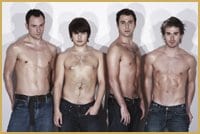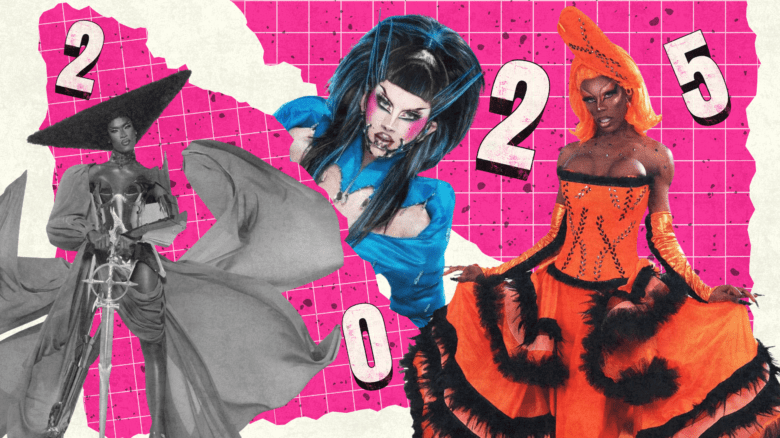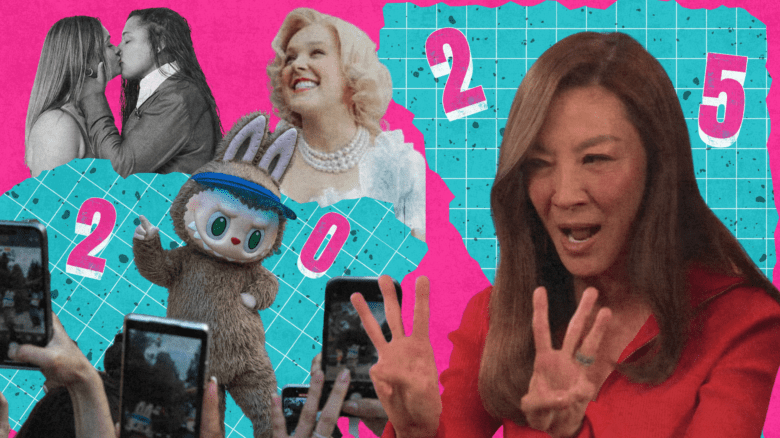As 19-year-old dancer and choreographer Josh Beamish prepares to mount Zero, his ambitious new production at the Scotiabank Dance Theatre, he also has his sights set on an even loftier goal: changing the way the world thinks about modern dance.
Dark-haired and sturdily graceful, Beamish has been dancing for most of his life–he got his start as a three-year-old in his mother’s Edmonton dance studio. He has studied at the Randolph Academy of the Performing Arts and the Royal Winnipeg Ballet School, he was leading his own classes before he hit his teens, and soon thereafter was choreographing works for companies such as the Kelowna City Youth Ballet and Velocity Dance Company (as well as appearing in countless productions).
In 2005, Beamish founded MOVE: the company, a contemporary-dance troupe; its goal is to create original choreographic works, and to nurture contemporary and jazz dance in Vancouver and British Columbia.
Beamish explains, “With our company, we’re trying to create material that will appeal to non-dancers–it’s not like we’re trying to dumb-down dance, but we’re trying to see how we can mix dance with theatre in a different way. We’re trying to do projects that are more accessible to people who wouldn’t normally go to a dance show.”
Zero was inspired by Less Than Zero, Bret Easton Ellis’s novel of disaffected and debauched youth. It’s Beamish’s favourite book. “There are structural similarities and thematic similarities but it’s its own story. Zero is about a group of overprivileged young people living a life of excess,” describes Beamish, who believes that this story of the drug-fueled party lifestyle is “very Vancouver.”
As part of his effort to attract new audiences to modern dance, Beamish plans for Zero to follow a fairly straightforward narrative–but it will definitely not be a simplistic morality tale.
“What we’re trying to do is present these people in these situations, and to let the audience judge the actions for themselves. So it’s not like the company says, ‘Don’t do drugs.’ We’re just showing you these people at this time, and you can feel about it however you want. Different people will have different reactions, and that’s kind of the point. There’s a lot of really heavy stuff in it–it’s going to be intense for the audience to go through–but I think it’s an interesting look at young people and the choices that people make.”
Lest that description make the production sound too bleak, Beamish adds that there are also scenes of vibrant exuberance and merriment. These characters are dealing with some heavy stuff, but they’re also having fun–and having sex.
Although Beamish brings his queer sensibility to Zero and the show explores sexuality in many forms, he says that he hasn’t set out to make a statement about sexuality, either.
“It’s sort of a non-issue… It’s a different world that these people live in where there aren’t such strict classifications on sexuality. My character has a girlfriend, but he has a sexual experience with a guy in the show. Everything is really ambiguous, and what it says about sexuality, I guess, is that sometimes it can be that way.”
Beamish is not ambiguous about his own sexuality, however. His boyfriend of more than a year, Australian dancer Stephen Agisilaou, is also a member of MOVE and has a leading role in Zero. And Beamish has recently dealt with coming out to his mother–a process that was facilitated by a 2005 Xtra West profile of him. In that article, the 17-year-old Beamish described himself as comfortably gay, even though his parents didn’t know yet.
“One of my old dance teachers saw that story and phoned my mom. In a way, I was sort of glad it happened that way, because I was avoiding it… It was tense for a while–we didn’t talk about it for eight months. And then she and I ended up stranded in a hotel together and actually talked about it for one night, and since then it’s been fine.”
In fact, Beamish’s mother not only has a role in Zero (dancing in video sequences that will be played as on-stage performers dance), but she also has a good relationship with Agisilaou and recently met his parents in Australia.
Professionally, the past two years have been very successful for Beamish. For Zero, MOVE received five grants and the company has become a charity organization, making private sponsorship possible. Among other endeavours, MOVE has recently taken part in ArtStarts in Schools tours and other educational programs.
Back in 2005 when MOVE was preparing its show, Close Enough, the dancers rehearsed in living rooms whenever they could find time in the evenings and on weekends. Just two short years later, MOVE has grown, rehearsing in the airy studios of the Scotiabank Dance Centre. “The scope of the company has changed,” says Beamish. “It’s not just something we do in our free time. It’s our job.”
Beamish’s intense focus makes him something of a workaholic–he dances in and choreographs MOVE’s productions while also acting as MOVE’s director. He describes full days of rehearsing followed by full nights (often lasting until 2 am) of administrative work. Praising his determination, Agisilaou says, “A lot of people starting up companies hire people to do half the things he does. They just can’t figure it out. He figured it all out on his own: grant writing, advertising, and all that.”
But Beamish also credits many people with helping him along the way. “There are so many people who are willing to help you if they see that you’re serious about what you’re doing. Who doesn’t want a success story? Who doesn’t want people from Vancouver to be successful without having to leave Vancouver or leave Canada?”
Watching Beamish at an early rehearsal, I got a glimpse of the performance to come, and of Beamish’s collaborative style. As the troupe worked out a complicated ensemble scene, he solicited suggestions from his dancers about arm positioning and whether a movement should happen with the music’s beat or with words in the lyrics.
In this scene, the dancers’ movements were taut and powerful. Beamish believes that in the two years since Close Enough, he has “found his groove” as a choreographer, and that his work has become more intricate. Joe Tremblay, one of Beamish’s longtime friends and a performer in Zero, describes his choreography as quick, entertaining, and sensual. With a mischievous grin, Beamish adds, “There is always this underlying sensuality–even when there’s not supposed to be. And that might just be the dancers I work with.”
That’s one reason to get tickets to Zero, but Beamish believes that modern dance has even more to offer queer audiences. “It’s so interesting to have someone expressing emotions and relationships and stories without relying on words,” he says. “What someone can tell with their face or their body and how they move can affect you in a completely different way.”
He also hopes that, through his work, he can create new fans of modern dance, thereby securing the art form’s future in Vancouver. “There are so many amazing artists here already. Now it’s about bringing Vancouver dance on a broader scope–around the country, around the world–to dancers and non-dancers; just getting it out there.”
By any measure, Beamish is off to an excellent (and early) start.

 Why you can trust Xtra
Why you can trust Xtra


